News
News / 11/23/2020 / 1550
When, in the eighth century BC, the ancient Greeks first set foot on the soil of southern Italy, they called it Oenotria or "the land of wine". The history of winemaking in Italy is older than the Roman Empire. There are traces of winemaking in this country that go back four millennia.

Wine has been continuously made since the Roman era, through the Middle Ages up to the Renaissance period, when rich nobles and merchants turned high-quality wine into a status symbol. In the modern age, significant changes occurred. In the course of 19th century, innovations were introduced with regard to bottling and transport of wine around the world, which resulted in making names such as Barolo, Chianti and Marsala popular and loved by large crowds.
Twenty Italian wine regions, all featuring different wine philosophies, became part of a unified state in 1861 and began development of a distinct wine identity. This development was abruptly interrupted by the appearance of phylloxera, which almost destroyed winemaking throughout Europe.
In 1960s, there followed great wine resurgence. Regulations have been established with the aim of preserving historical wine heritage and guaranteeing the quality and origin of grapes and wine. Today, Italy has 334 DOC and 74 DOCG appellations covering a huge range of climatic conditions, varieties and styles of winemaking - which is perhaps the greatest diversity on the planet.
Wine of gods, emperors and aristocracy in ancient Rome
Numerous sources testify that the ancient Romans had a highly developed wine culture and that they particularly appreciated extractive, full-bodied, powerful wines that could be aged for a long time. It is assumed that such wine was made from dried grapes. Certainly, the most famous wine from Roman times is Falerno wine from Naples area. The first recorded top harvest in history is the mythical year 121 BC, when, as historians wrote, Falerno wine of exceptional quality was produced, which members of the Roman elite enjoyed for decades.
There is an inscription on the walls of a preserved tavern in Pompeii: “For one as (a unit of currency) you can drink wine; for two, you can drink the best; for four, you can drink Falernian.”
Identity of Italian wine regions
From the north of Italy and the regions of Veneto, Friuli, Lombardy, through Tuscany and its incredible blend of history and fine winemaking, to the hot south where hot-tempered wines with Mediterranean flair are made in the regions of Basilicata, Puglia, Calabria and Sicily, the tradition of carefully preserving local wine identity survives till present day.
The result of this millennium-old endeavor are wines that combine the skills of Italian winemakers and their passion for beauty, as well as an unparalleled geographical position and climate, and the invisible "factor X" that makes wines from this country unique, exciting and unmistakably recognizable in all their forms.

_________________________________________________
This article is part of a promotional online campaign on Italian wines, within the 5th Week of Italian Cuisine in Serbia, organized by the Italian Foreign Trade Agency ICE / ITA, in cooperation with the Italian Embassy.

Tomislav Ivanović
Awarded wine writer, wine critic and contributor to selected wine magazines. WSET3-certified author and editor-in-chief of www.vinopedia.rs. Member of Vojvodina Sommelier Association. Juror in national and international wine competitions. Lecturing about wines of Serbia and the Balkans. Local partner of Wine Mosaic organization. Co-founder of International Prokupac Day.

Pročitajte i druge članke iz ove rubrike:
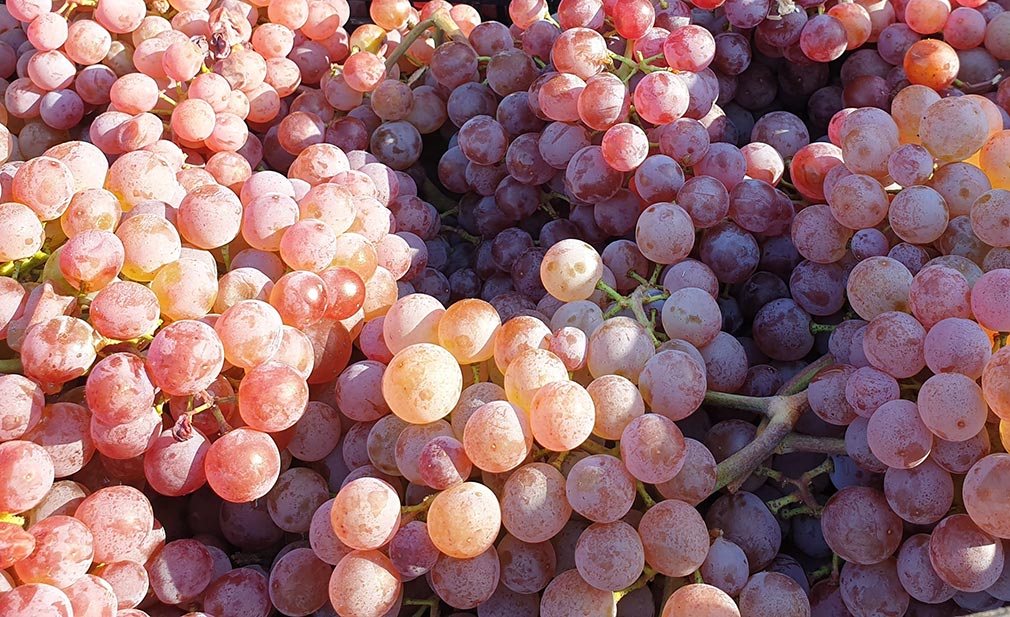

VINOPEDIA TOP 10 2024
PROČITAJ VIŠE
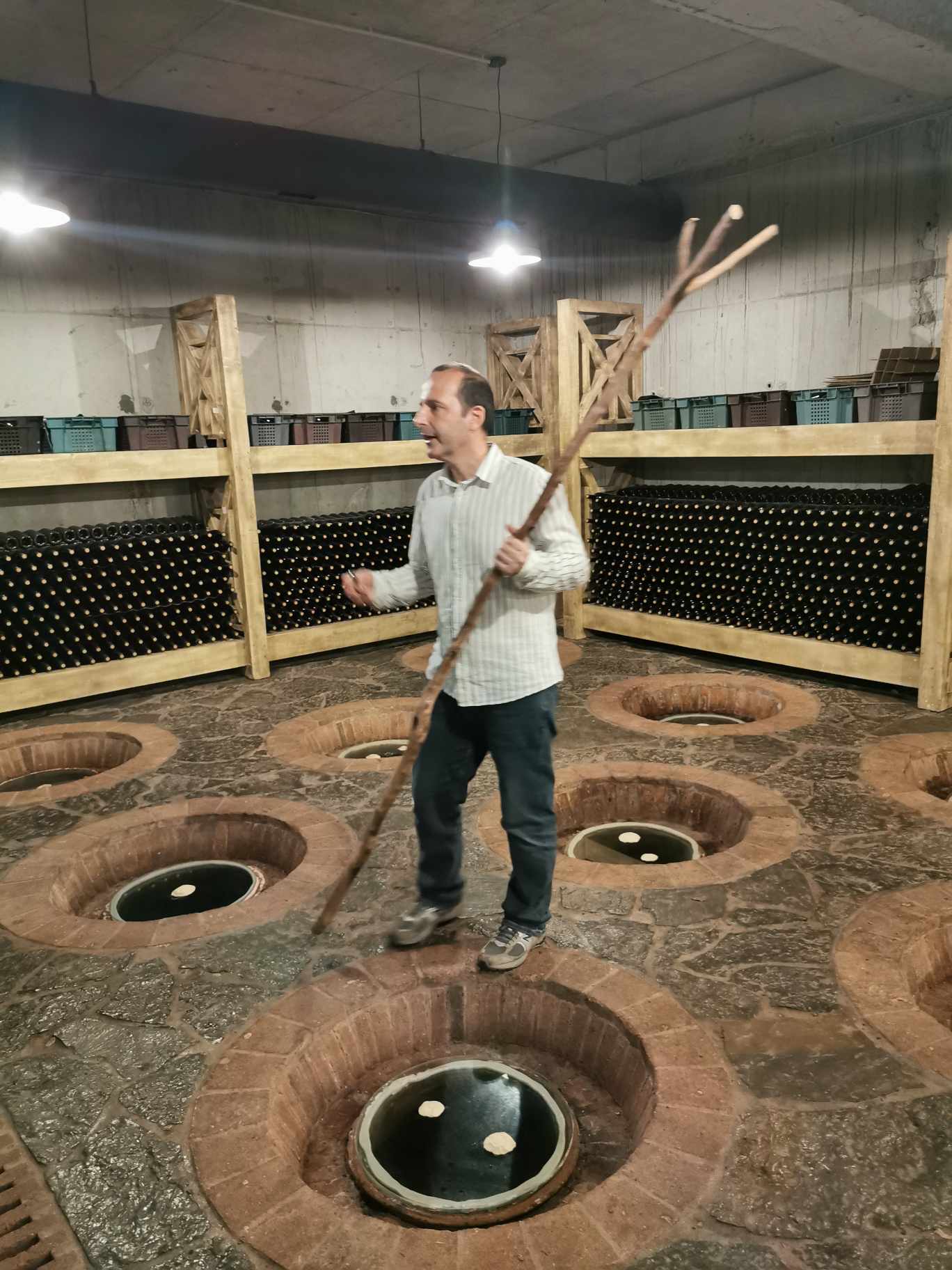

GIUAANI - VINSKI TURIZAM NA GRUZIJSKI NAČIN
PROČITAJ VIŠE
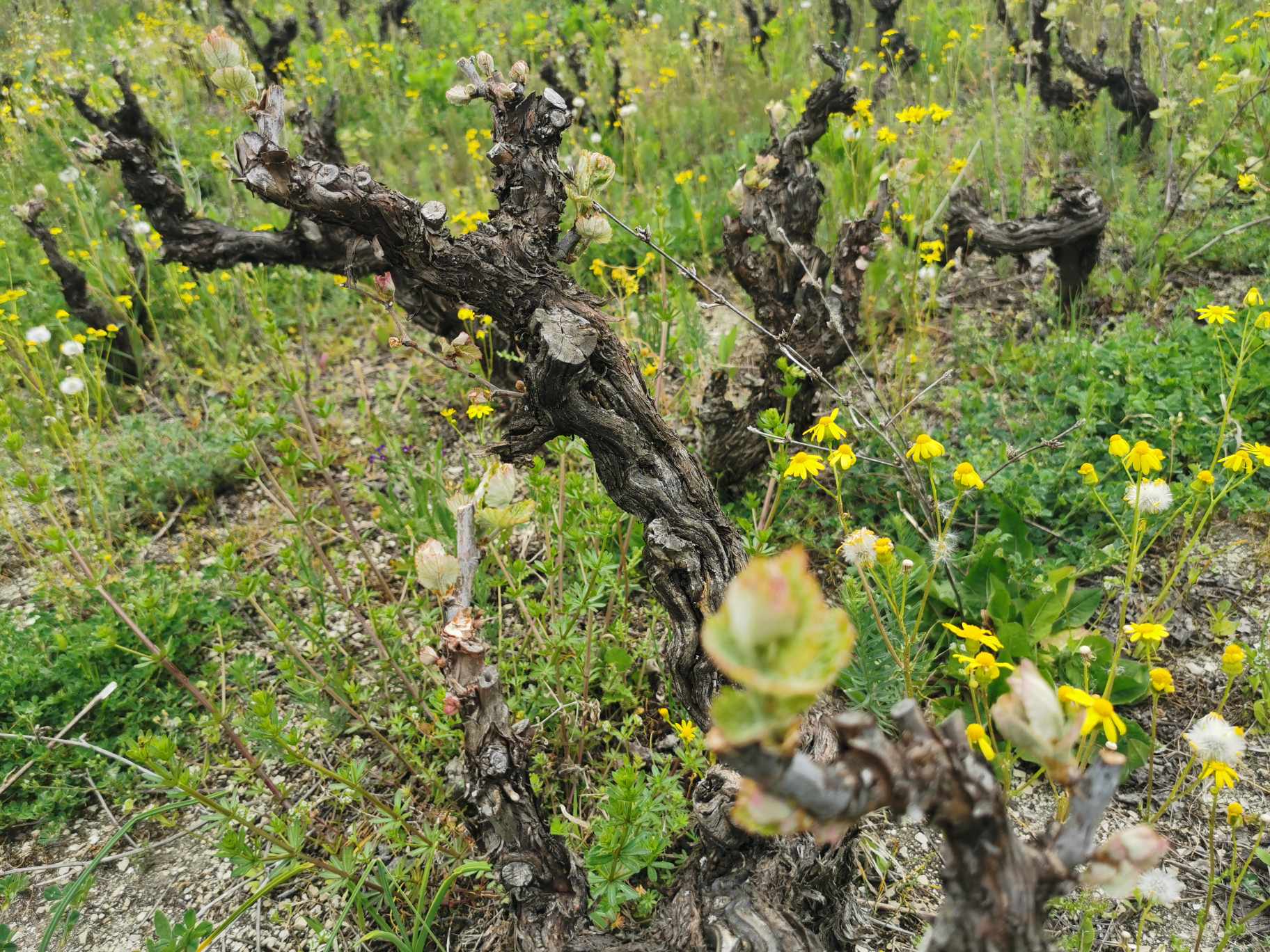

SPASIMO STARE VINOGRADE SRBIJE
PROČITAJ VIŠE
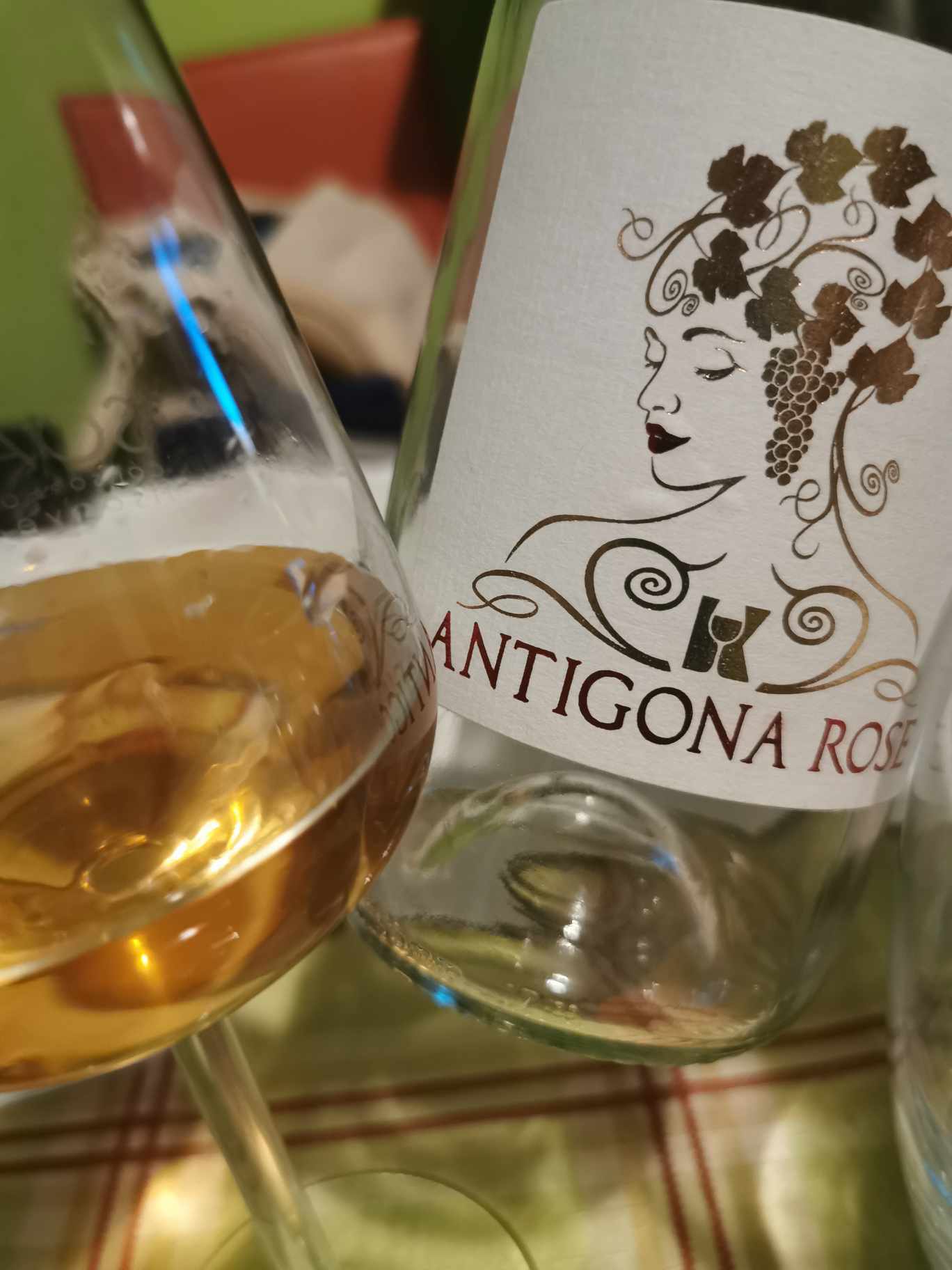

NAŠLI SMO ANTIGONU IZ ORAHOVCA
PROČITAJ VIŠE
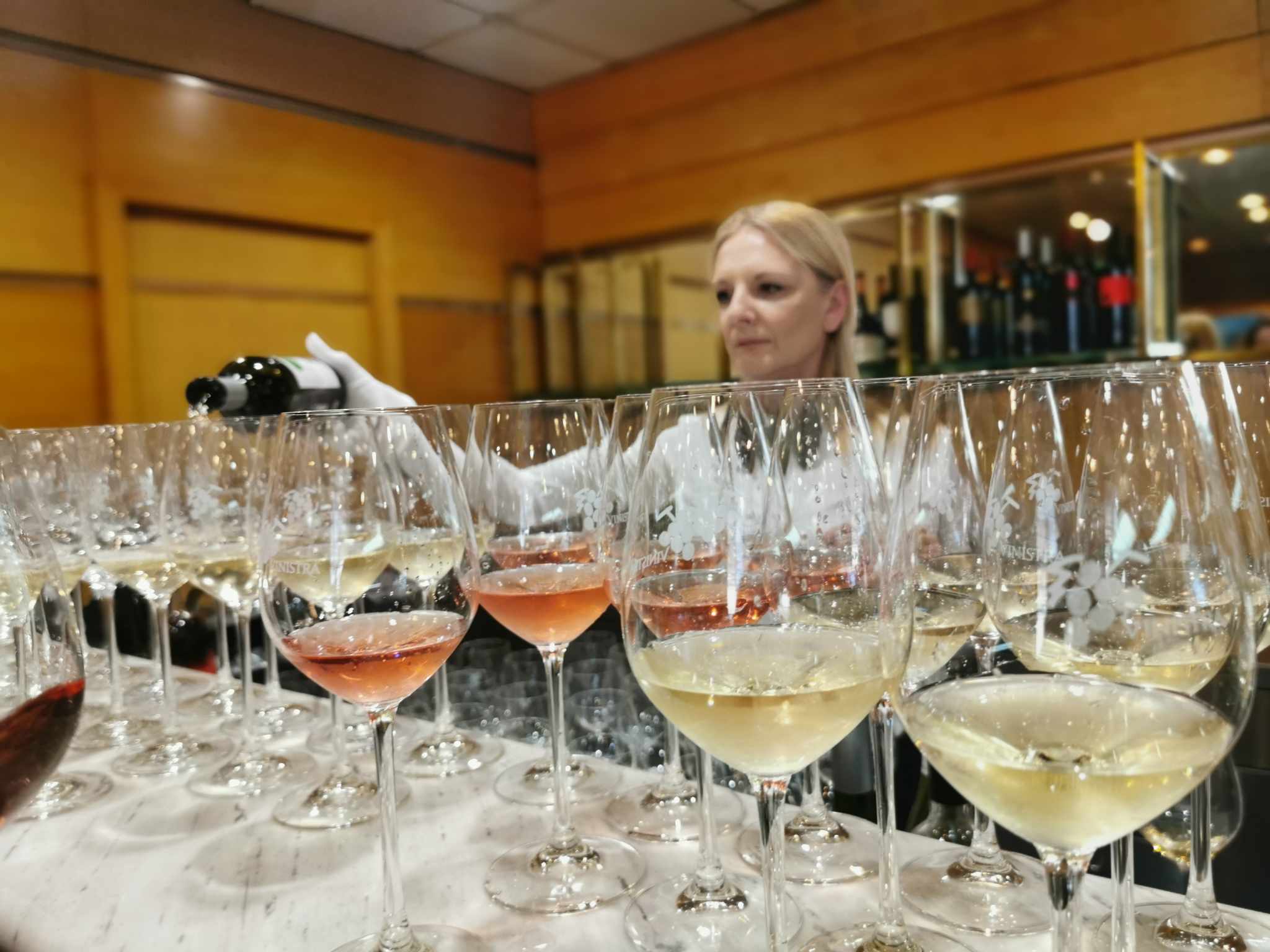

SRPSKO VINO KOŠTA 100 EUR - I ŠTA ĆEMO SAD?
PROČITAJ VIŠE
Winner MILLESIMA BLOG AWARD 2016

Pobednik MILLESIMA BLOG AWARD 2016
VINO & FINO wine personality of the year 2016

VINO & FINO vinska ličnost godine 2016